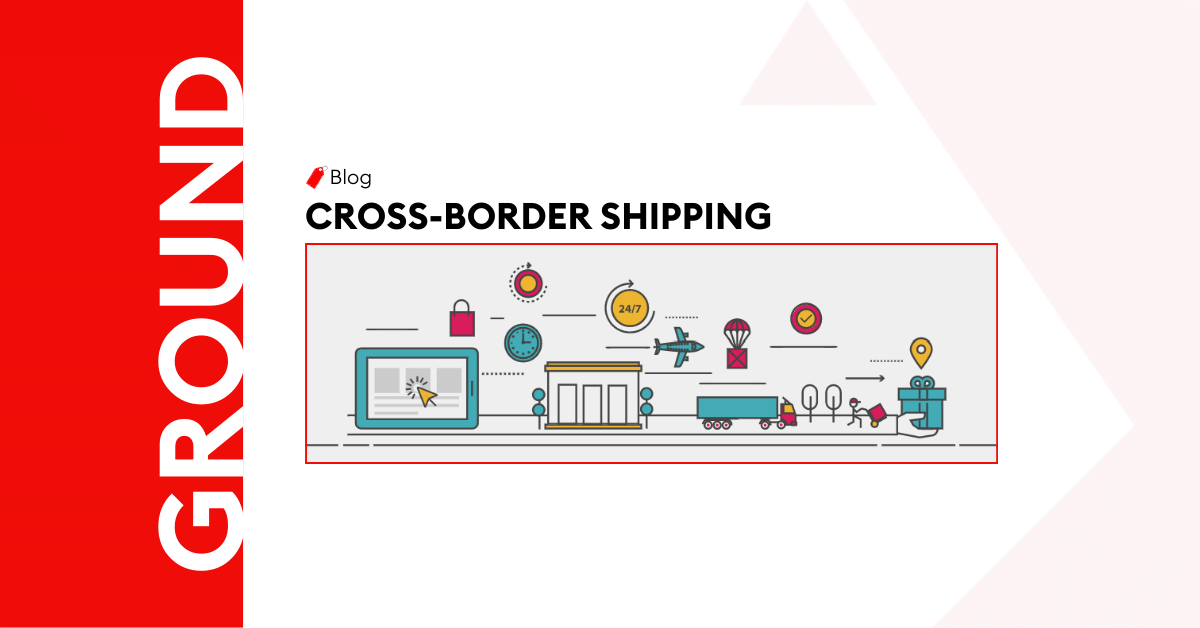
Comparing the Benefits of Overland Border Shipping with Other Modes
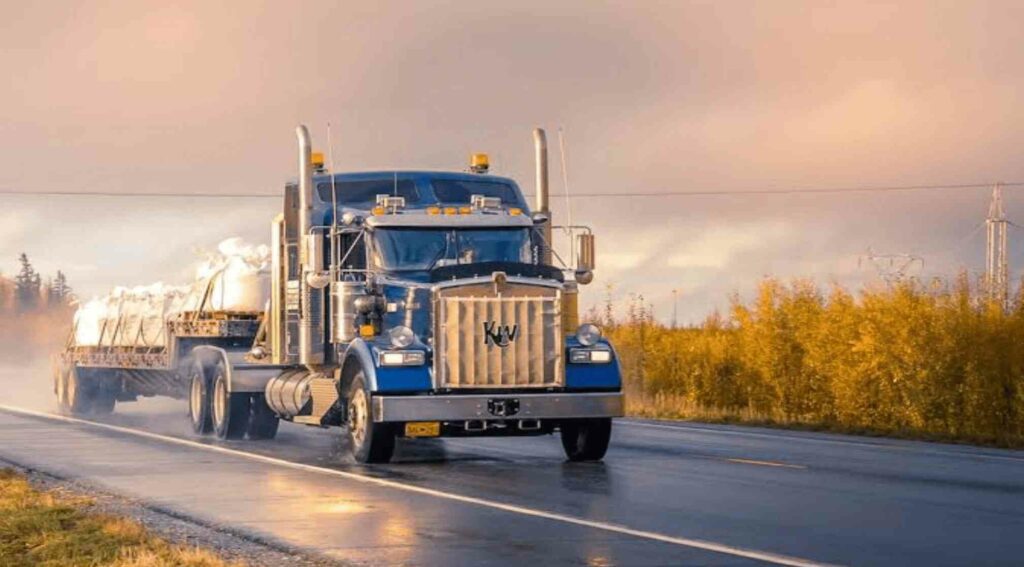
Overland border shipping is one of the most effective transport modes for cross-border shipment. It is a common feature among countries sharing borders. Furthermore, it has provided flexibility to the supply chain as shippers can employ it for suitable needs. Other benefits to the supply chain include efficient last-mile delivery, cost optimization, connectivity, etc.
This post will provide more information on the benefits of overland border shipping to the supply chain. So, let’s begin.
Advantages of Over-Land Border Shipping
Overland border shipping has contributed an impressive quota to the logistics and supply chain space. It has been an effective mode of cross-border transport offering several benefits to the different players in the supply chain, including
Cost Efficiency and Affordability
Overland border shipping is naturally cheaper than sea freight and air freight. This is because it involves less expensive shipping vehicles, like trucks or trains, which are cheaper than vessels and airplanes. It also involves transporting over shorter distances and a lesser volume of goods.
Faster Transit Times
Overland border shipping does not necessarily have delays peculiar to sea freight, such as lengthy port processes. Equipment for overland shipping has higher odds of availability compared to sea freight since they largely travel over shorter distances. These factors boost the transit time for overland transport.
Flexibility and Accessibility
This shipping mode offers flexibility in areas of limited accessibility and transport infrastructure. It suffices in landlocked regions where there is no easy access to ports. It also is ideal for countries with connected land borders.
Is Choosing Air Freight Better than Land Freight?
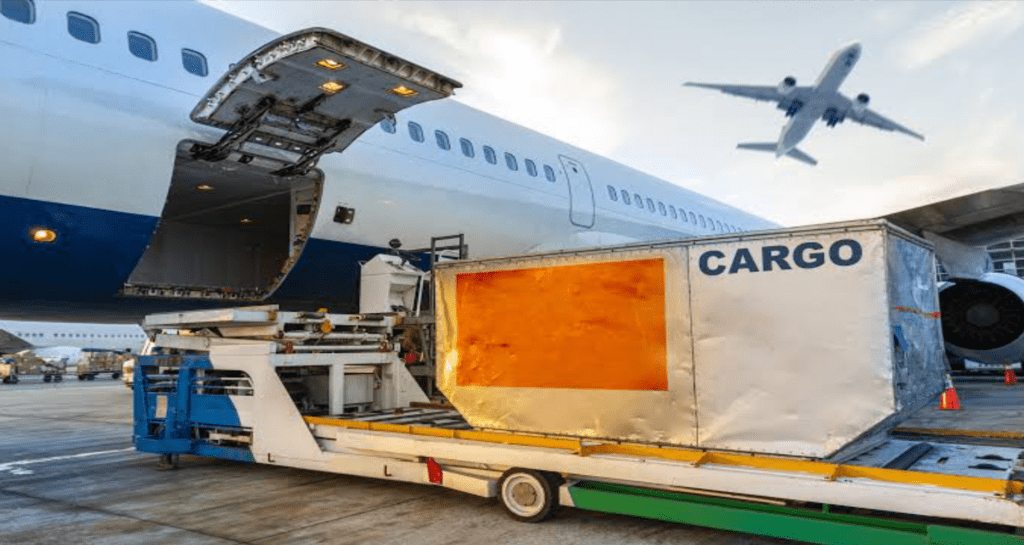
Land freight is great and beneficial, but there are areas where air freight proves to be the better solution. This includes areas of global reach, time sensitivity, and inventory holding cost. Here is a further breakdown of air freight’s edge over land freight:
Speed and Time-sensitivity
Aircrafts are the fastest means of transport. It takes hours to a few days for goods to get to their destination via air freight. This is why it is the best shipping service for time-sensitive goods. This includes perishable goods or goods under emergency or urgent demand.
Global Reach and Connectivity
There is no limit to areas that can be reached via air freight, provided there is an airport. It is the most efficient means of transporting goods to landlocked regions, islands, and other areas. It is easy to connect counties across continents with air freight and transport goods over long distances in a quick time.
Reduced Inventory Holding Cost
Inventory holding cost becomes a concern when goods are not transported on time. This means that the goods will be stored until everything is in place for shipment. Air freight doesn’t involve many pre-shipping processes as sea freight, making its process faster. This eliminates the need to hold goods for lengthy periods hence reducing inventory holding costs.
Is Choosing Sea Freight Better than Land Freight?
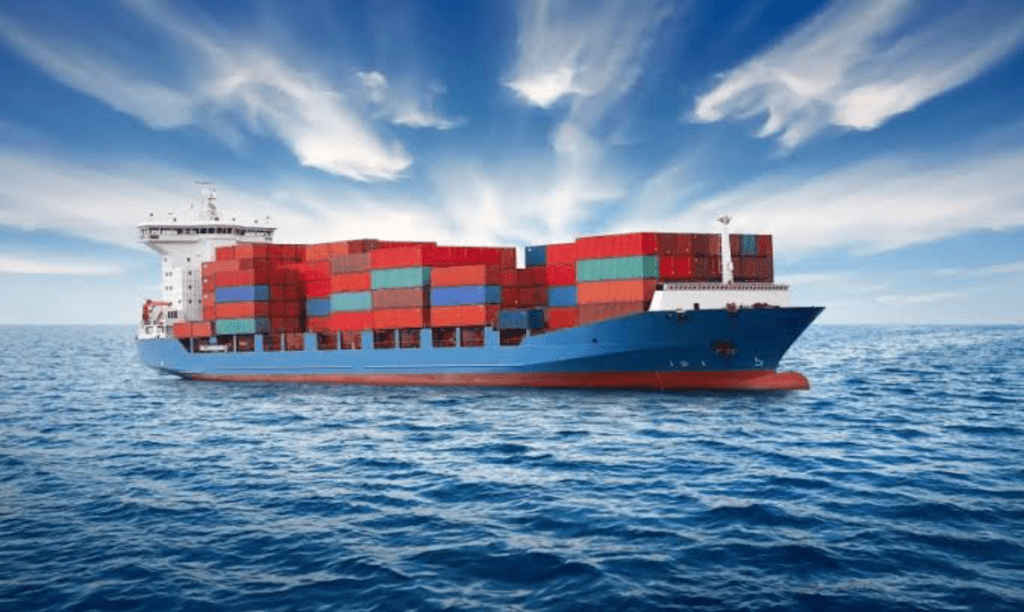
Sea freight is the oldest mode of cross-border transportation but still proves effective. It is a freight method that has experienced several stages of evolution and has now integrated modern dynamics to suit the present logistics needs.
Sea freight offers a good number of benefits as outlined below.
Cost-effectiveness for Large Shipments
Sea freight is the most cost-effective solution for large shipments. It employs large vessels that can carry shipments from several shippers. As a result, the cost is shared among the large pool of shippers.
Sea freight takes longer transit time, which takes out the high-cost factor for expedited services. The sea freight systems generally accommodate transportation at a lower cost per unit.
Sustainability and Environmental Conditions
The effect of transport modes on the environment is sometimes overlooked. However, a transport mode with a reduced negative impact on the environment should be seen as an advantageous factor. Vessels for sea freight emit lower levels of carbon, as a result, reduces carbon concentration in the environment.
Capacity for Bulk and Oversized Cargo
Sea freight vessels come in various sizes from the smallest feeder vessels of 100-1000 TEUs to bulk carriers of 400,000+ DWT. Bulk carriers can carry cargo of significant sizes. This is a crucial edge over other modes of transport.
Comparison of Overland Border Shipping, Air Freight, and Sea Freight
It is ideal to start from a common ground that each of the three freight modes have, i.e., they contribute immensely to the transportation of goods and the overall efficiency of the supply chain. Each mode has its strengths, which complement the weaknesses of other transport modes.
This section is focused on comparing each freight method; not to create superiority but identify the method that works best for different logistics needs. This will be done based on key factors as outlined below.
Cost Comparison
There are several factors that influence the cost of each freight mode. This includes distance, transit time, cargo volume, convenience, handling, and some other unique factors.
- Air freight Services: This is the most expensive freight mode due to speed, less handling, and general convenience.
- Sea freight Services: The cost of sea freight is more affordable when considering large shipments. It is the most accommodating and cost-effective mode for bulky goods.
- Overland: The cost of overland is not as high as air freight but not too far from sea freight.
Transit and Lead Time Comparison
Generally, there are factors that affect transit and lead time such as port delays, weather, accidents or attacks, capacity limitation, and other unforeseen factors.
- Air freight: This is the fastest means of cargo transport. It offers lesser transit and lead time as it takes hours to a few days. Perfect for expedited services and time-sensitive goods.
- Sea freight: This is the slowest means of transport due to its system. Sea freight can take a significant number of days regarding transit time.
- Overland: This is not as fast as air freight but it is used for transportation between very close regions. However, it is still not as slow as sea freight.
Suitability of Different Types of Goods
- Air freight: This freight mode is suitable for time-sensitive and high-valued goods. These include perishable goods (fruits and vegetables, etc.), electronics, and pharmaceuticals. It is also suitable for small parcels and light goods.
- Sea freight: This is suitable for non-time-sensitive goods. Sea freight is ideal for bulk and heavy goods such as vehicles, machinery, etc.
- Overland: This method can carry small to reasonably large goods, especially with the use of rail freight.
How Al Sharqi Can Help
Al Sharqi provides one of the best overland shipping services with a global reach. With our overland shipping services, you will get improved accessibility to landlocked regions and areas with limited transportation infrastructure.
Why we are your ideal service provider?
Expertise
We are not first-timers or novices in this space as we have been around for several years. Al Sharqi has experience handling different categories of goods suitable for overland shipping. This covers both road and rail freight.
Coverage and Network
From our operating base in the UAE, our network and coverage have grown over the years. We can conveniently handle shipments in the Middle East and other regions across globe.
Reasonable Price Structure
We offer industry-competitive pricing that will help manage costs. All factors such as surcharges will be considered to get you the best solution.
Technological-Based Operations
We integrate technology into every step of the supply chain. This includes tracking systems, communication systems, route optimization systems, etc.
You stand to gain the following
- Efficient overland shipping with a good lead time
- Safety and security of goods
- Top-notch customer service
- Happy customers
Conclusion
Overland border shipping offers several benefits to shippers as outlined in this post. These advantages include cost efficiency, flexibility, improved accessibility, faster transit time, etc. Since overland shipping is just a type of transport mode in the supply chain, careful comparison of these freight types is vital. This will help shippers choose better solutions that meet their freight needs for optimal supply chain logistics. This post has been well outlined to show shippers the guiding elements or factors for making transportation choices. All that is needed is following through on these factors.
Frequently Asked Questions
This is a type of transportation where goods are shipped between different countries by road. This covers both road and rail systems. It is a common mode for countries with borders close to each other or that have linkable borders.
There are several benefits of overland border shipping. However, the main ones are:
- Cost efficiency and affordability, since it involves shorter distances.
- Flexibility and accessibility as it gives shippers a means to ship to landlocked regions and poor transportation infrastructure.
- Faster transit times.
The following factors can help you make the best decision:
- Type of goods: Determine the type and nature of goods as each mode favors a specific goods type. For example, air freight will be best for time-sensitive goods.
- Time requirements: This involves time influence on the goods and the time range in which the customer wants the goods. It all sums up how fast the goods need to get to their destination.
- Cost: Air freight is the most expensive and if you are particular about cost, you should consider cheaper alternatives.
This is a flexible dynamic as many factors could affect the cost, which includes seasonal surcharges, market activities, restrictions, security, etc. However, with all things being equal, overland shipping is more cost-effective than air and sea freight.
Yes, there are some limitations, including
- Infrastructure limitations: This includes the poor state of bridges, roads, railways, and other facilities.
- Customs and regulations complexities: It involves issues in ensuring accuracy and adaptability to changes in regulations
- Political factors: The factor includes border disputes that can lead to restrictions.
- Security factors: This includes several factors, such as banditry, theft, etc.
Our customer service team is happy to assist you with planing your next booking.

Related Articles
Seamless Passenger Boat Delivery from Jebel Ali to Abu Dhabi | A Case Study
Precision Handling for High-Value Cargo Summary Handling oversized and high-value cargo, such as pas
Defense Solution by Al Sharqi Ground Transportation | A Case Study
Driving Excellence Across Borders Summary Al Sharqi Ground Transport was tasked to deliver 45 movabl
Navigating the Saif Zone to Jordan Logistics Corridor | A Case Study
From UAE to Jordan on the Road of Innovation Summary This case study explores the logistical challen




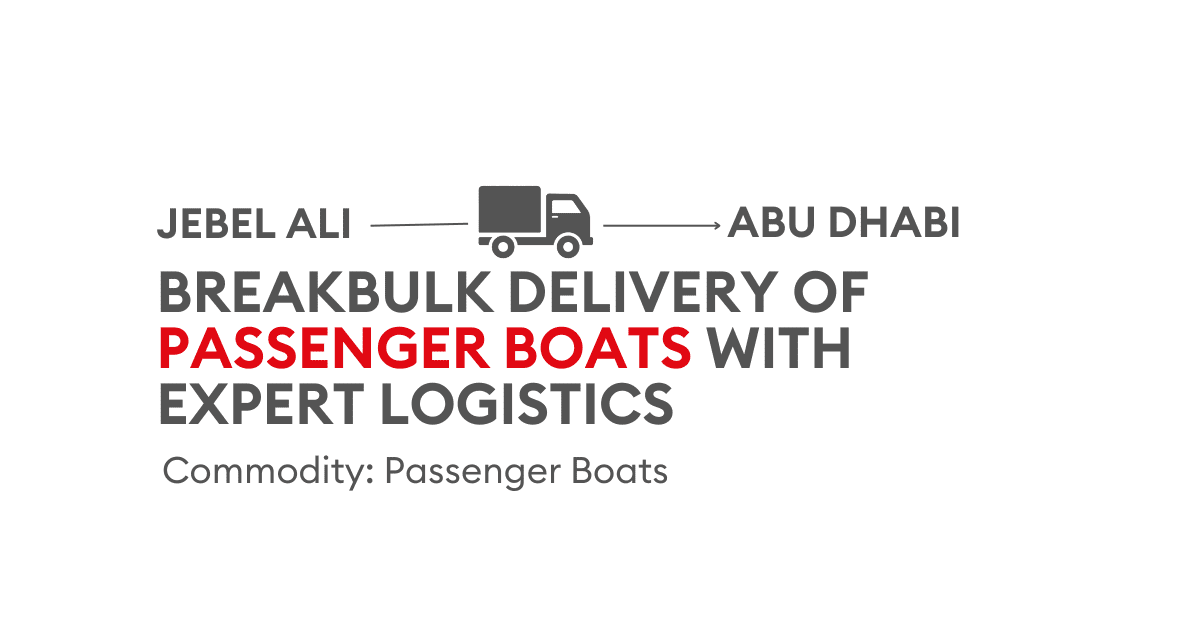

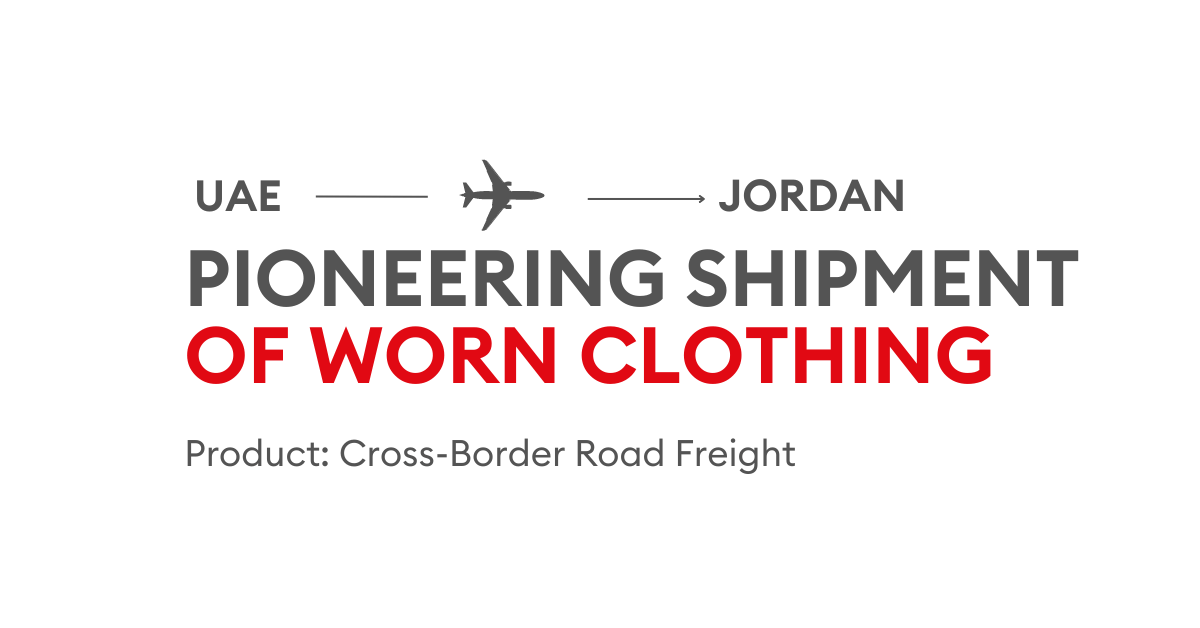
Post a comment
You must be logged in to post a comment.